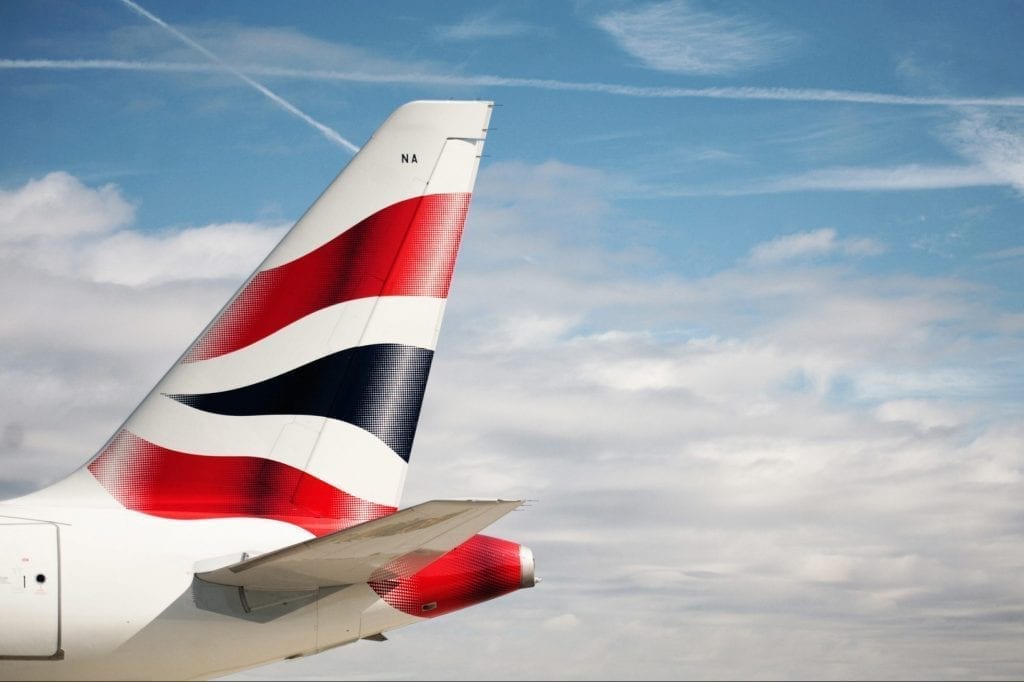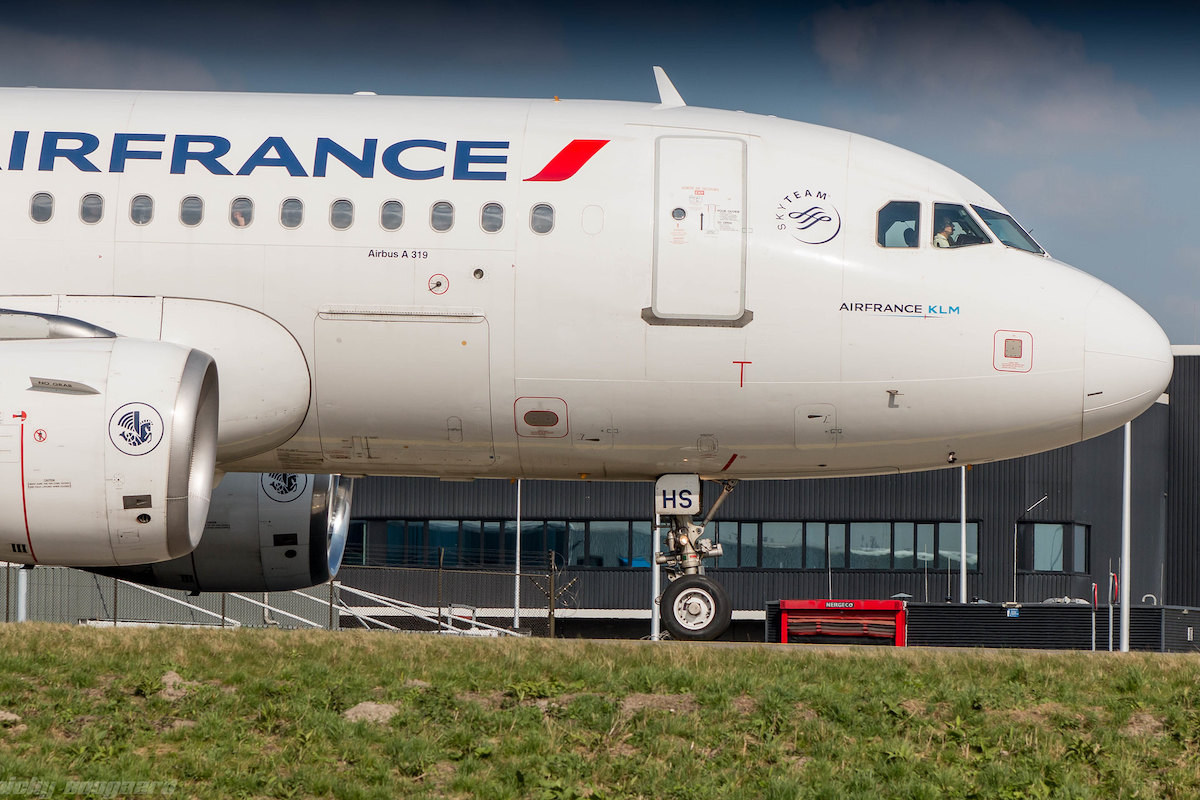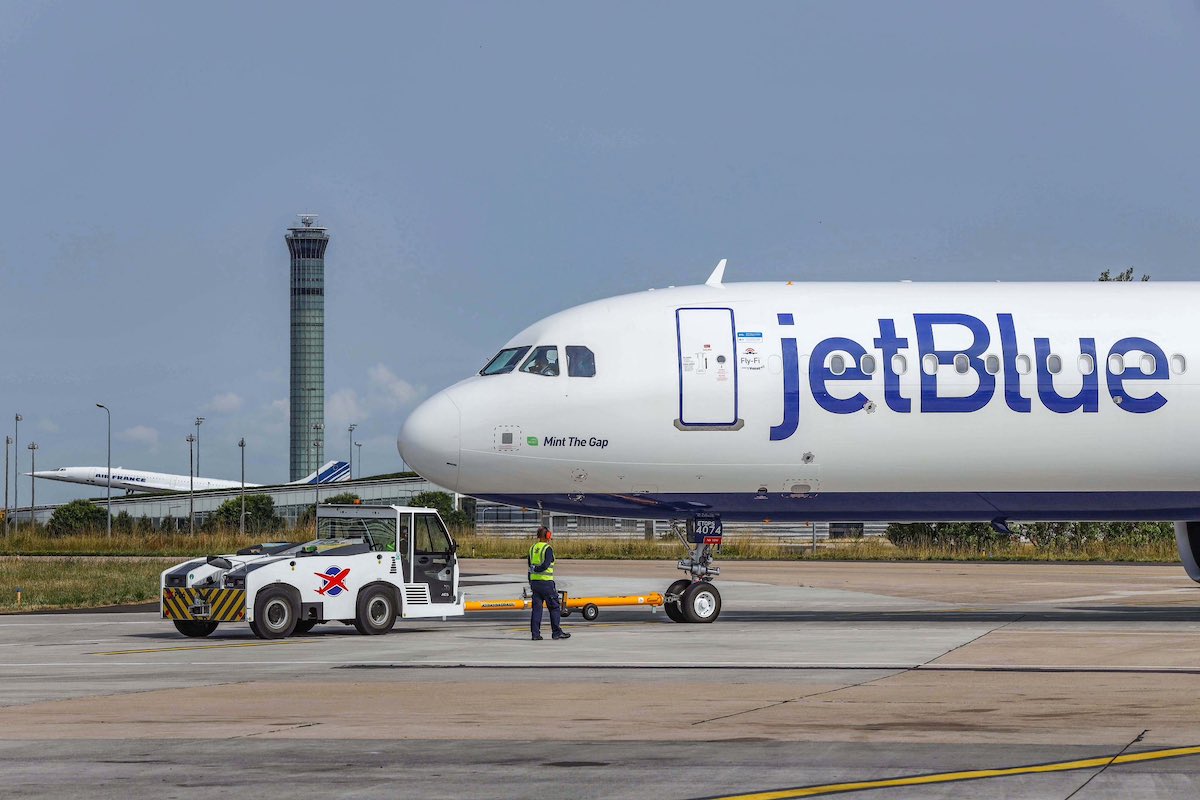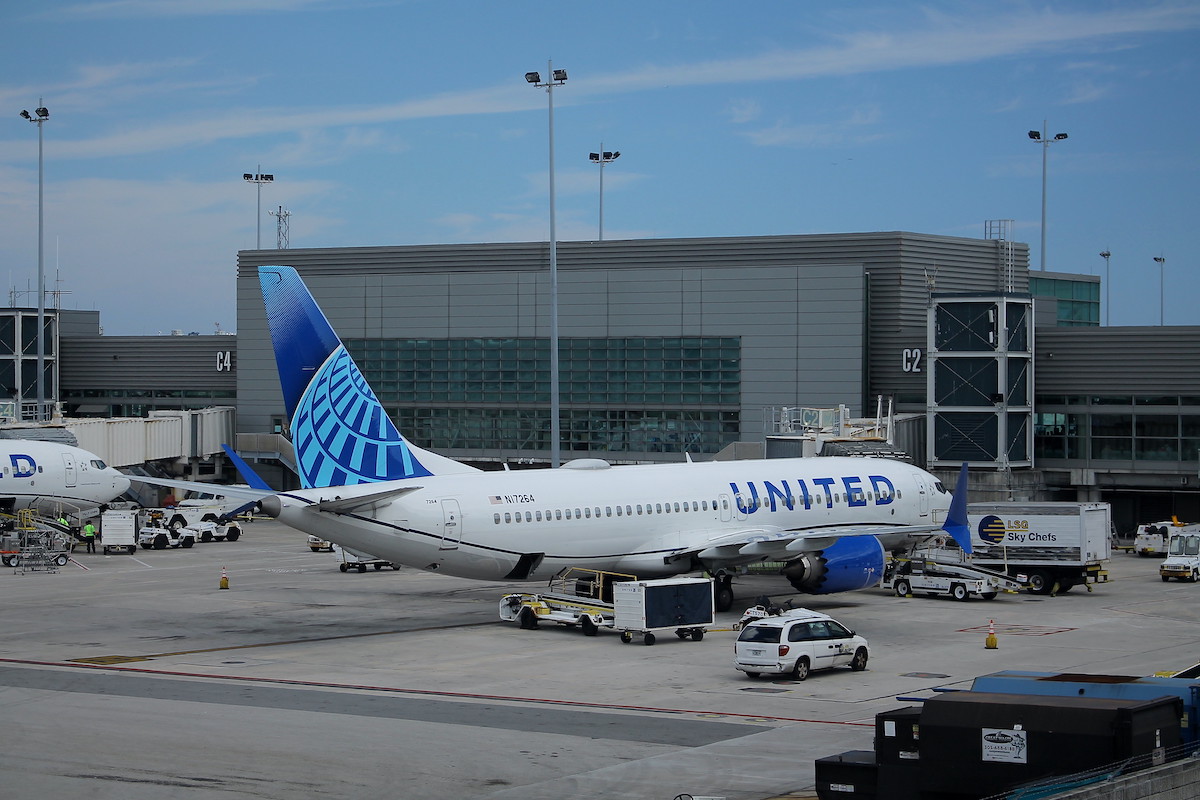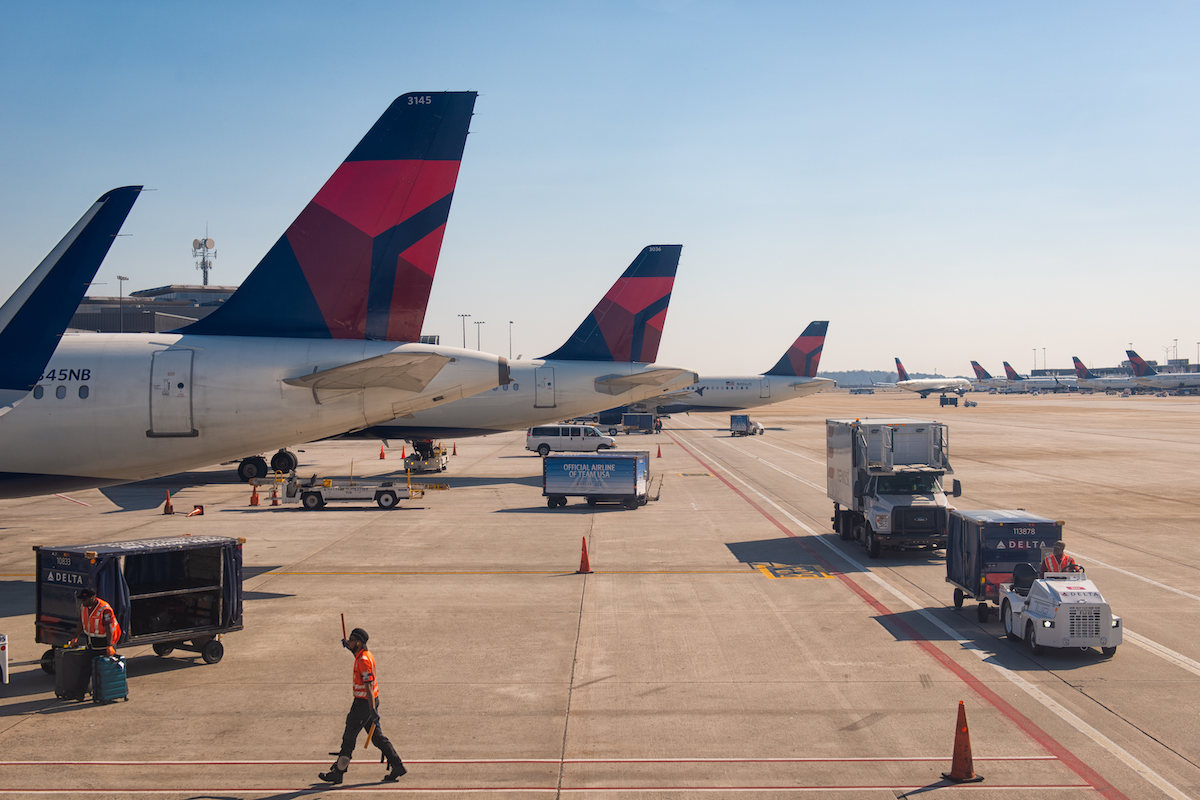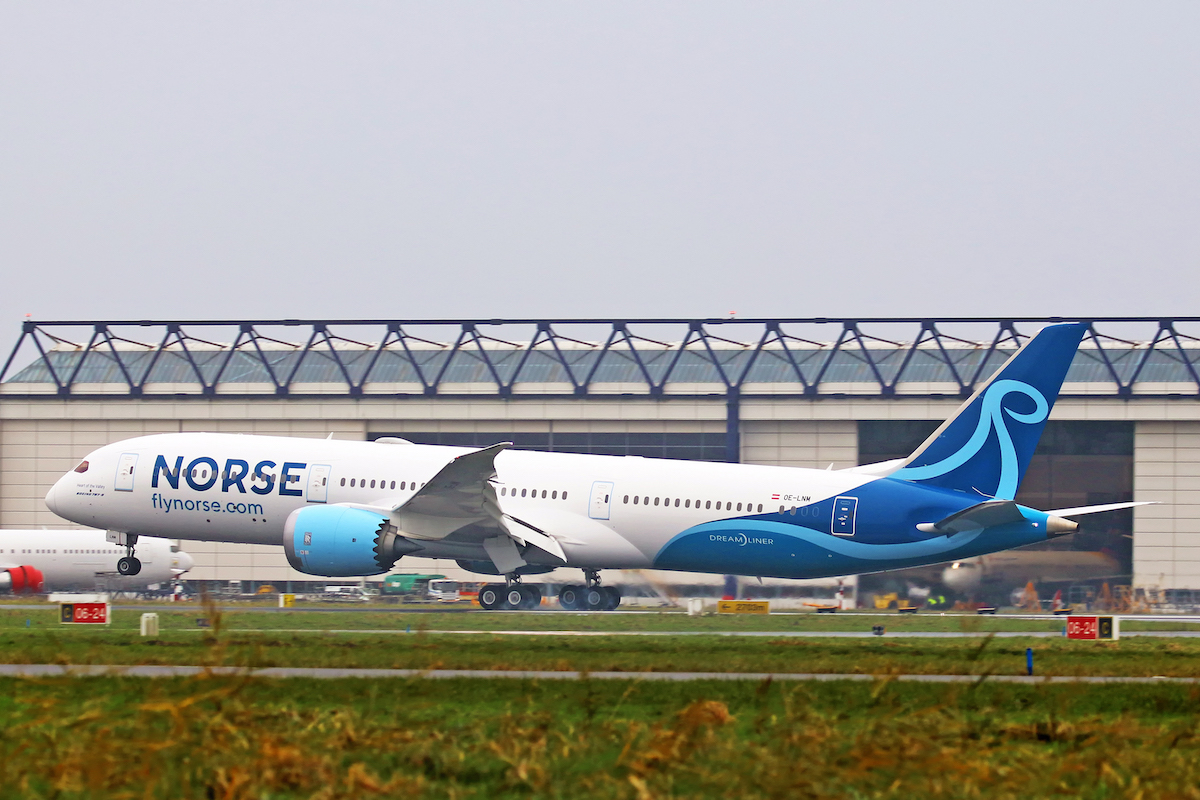It’s official. The U.S. and the UK formally signed an open skies agreement, allowing unlimited flights between the two countries. The countries intend to start applying the new deal from January 1, when the UK will no longer be part of the U.S.-EU open skies agreement.
Secretary of State Mike Pompeo and Transportation Secretary Elaine Chao signed the agreement for the U.S., and UK State Secretary for Transport Grant Shapps signed for the UK today. “The air services agreement will allow us to continue to travel and trade with one of our closest friends and allies, working together to mutually boost our economies, either side of the Atlantic,” Shapps said in a statement. “This is just one of many steps we’re taking as we move towards a bright new future at the end of the transition period.”
The transition period Shapps referred to was a period of relative uncertainty while the UK negotiated its exit from the European Union. The UK left the bloc this year, but has been in talks with Europe on what the final shape of the exit will take when it leaves the bloc at the end of this year. The two sides are working through trade and customs issues, among other problems.
During this period, air service between the UK and the U.S. was governed by the landmark 2007 U.S.-EU open skies agreement. Early on after the Brexit referendum in 2016, it remained unclear if the UK would remain in that agreement; Norway and Iceland, neither of which is a member of the EU, are party to the U.S.-EU air services agreement, and it was thought the UK might have opted for a similar deal.
But the U.S. and UK successfully negotiated a bilateral air services agreement that supersedes the agreement with the EU. Flights between the two countries can proceed as planned with no interruption due to regulatory uncertainty, the Transport ministry said. If the U.S. and UK had not negotiated an air services agreement, air travel between the two countries could have been thrown into disarray had the UK “crashed out” of the EU.
“This historic U.S.-UK open skies agreement builds upon the special relationship that exists between our nations,” Chao said in a statement.
The agreement now goes before both governments for review and finalization. Both the U.S. and the UK have said they will abide by its terms even if it is not fully finalized before the end of the year.
The U.S. has open skies agreements with more than 100 countries, including those that are party to the multilateral U.S.-EU agreement. Open skies allows carriers from both sides to fly without limits to any destination in the other country or countries and provide for more flexibility in scheduling cargo flights. More restrictive air services agreements, like the U.S.-China deal, restrict the number of flights and the cities airlines can serve.
